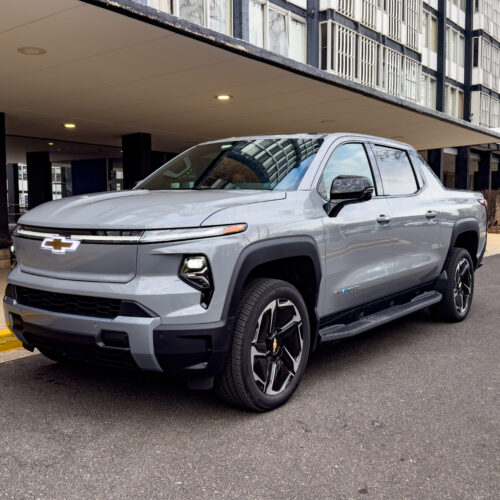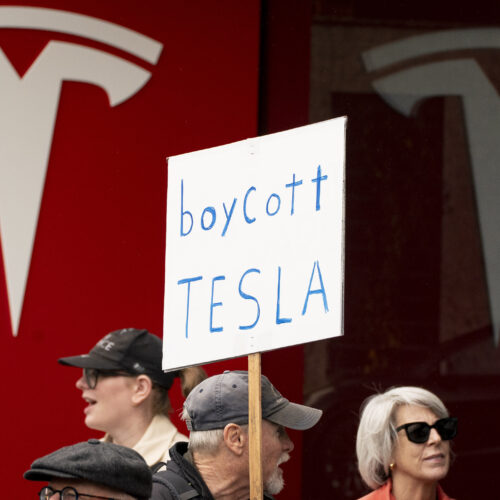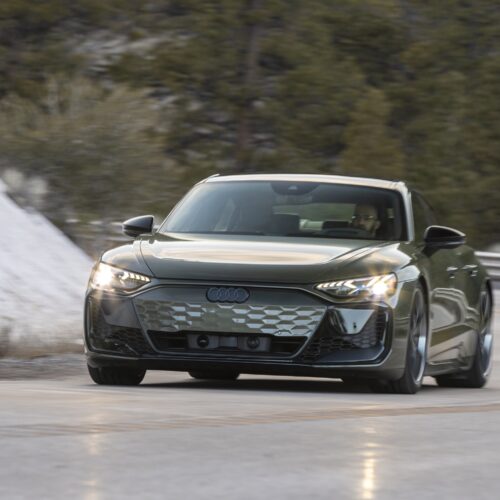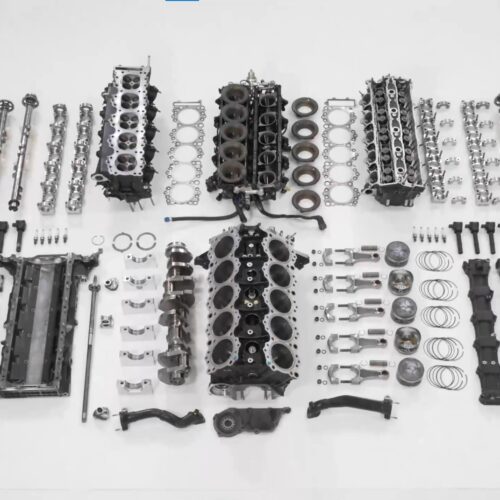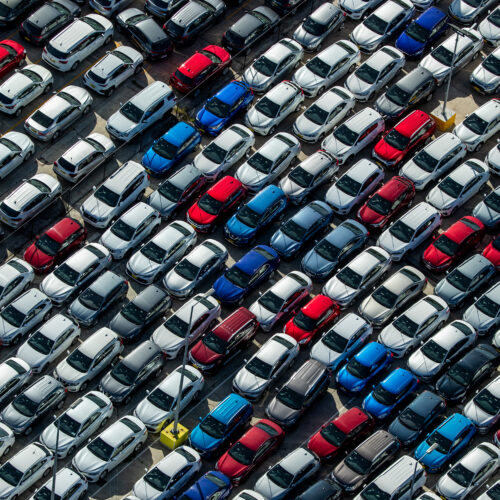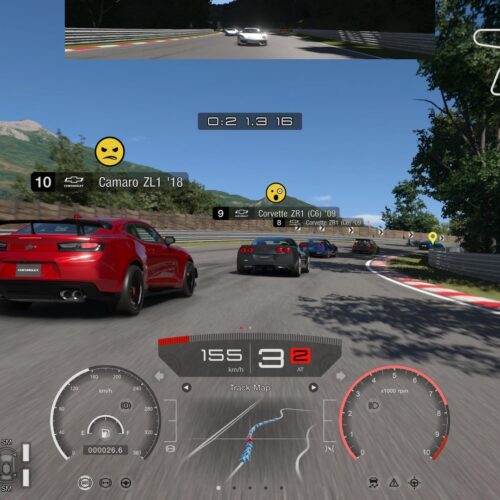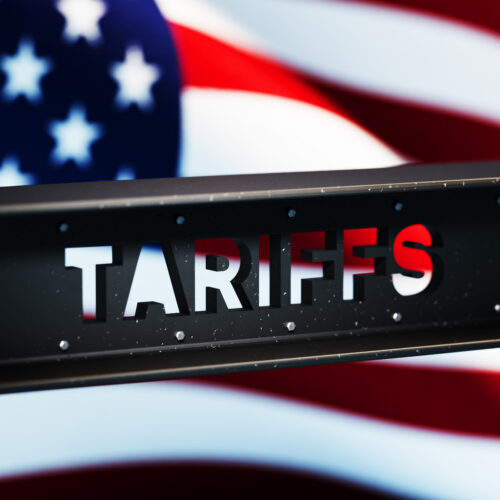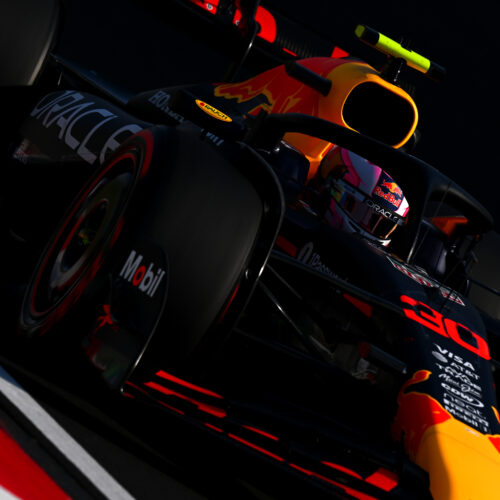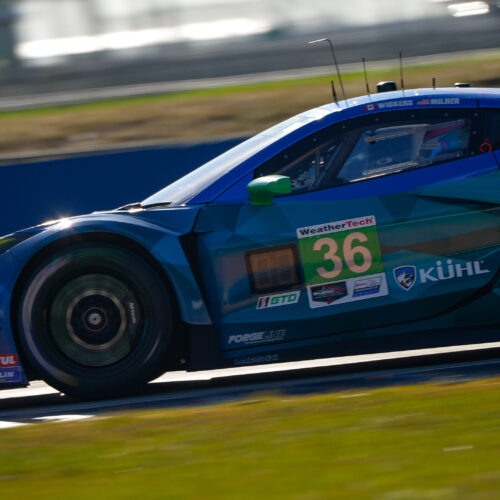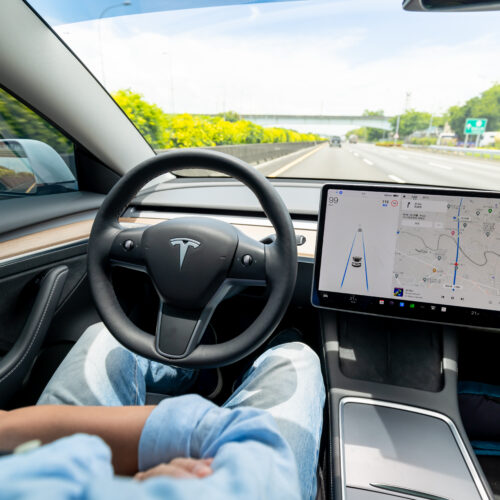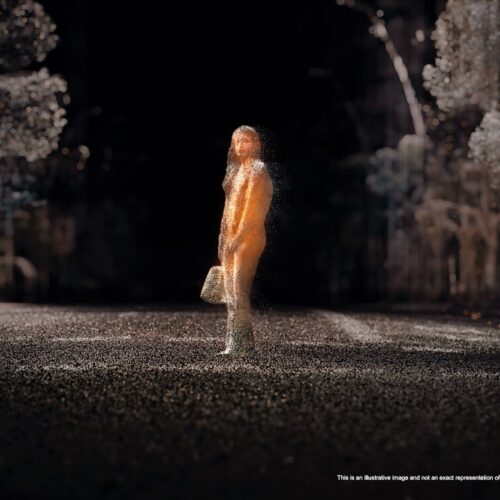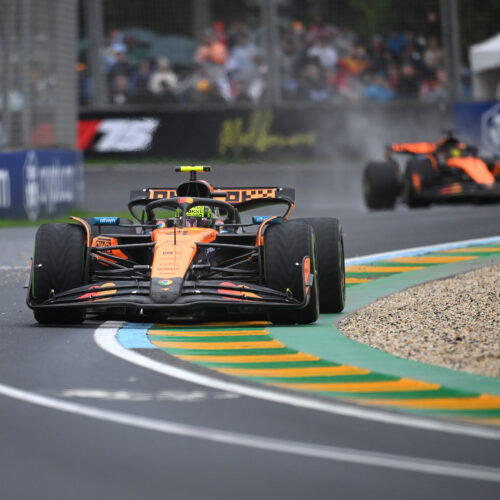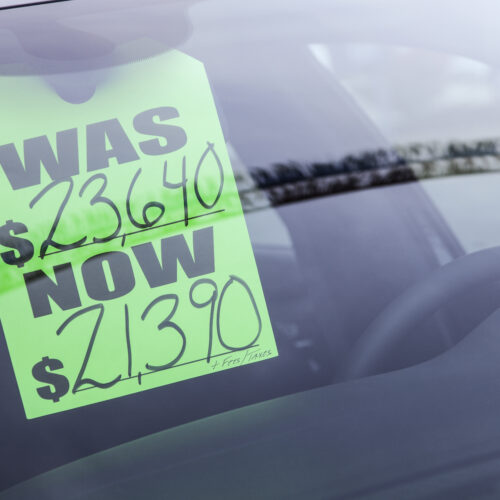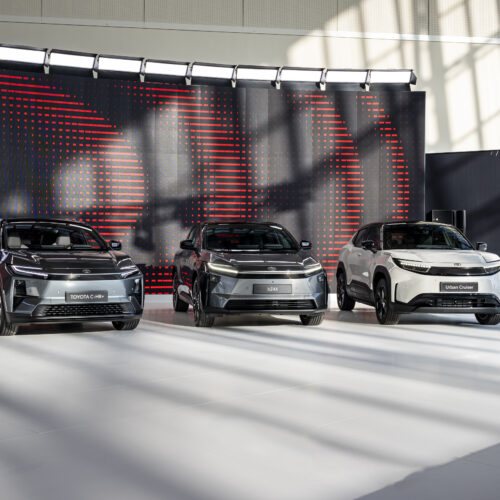2025 Chevrolet Silverado EV LT review: This is one long pickup truck
Will this Chevrolet Silverado EV be the biggest electric vehicle we test this year? Almost certainly. Fractionally narrower and less tall than a Hummer EV pickup at more than 18 feet (just under 6 m) long and with a curb weight of 8,532 lbs (3,870 kg), the Silverado EV is what happens when Chevy's electric vehicle engineers get tasked with making their rivals over at Ford feel like they didn't try hard enough with the electric F-150.
Now that production has been ongoing for a while, Chevy is filling out the lower trim levels. For commercial customers, there's a Work Truck, but for normies, the entry point is now the LT trim, at a tax credit-friendly—if still wallet-munching—$75,195 (for as long as the tax credit still lasts and until the effect of pointless and damaging trade tariffs make themselves known, of course).
The 645 hp (481 kW), 756 lb-ft (1,037 Nm) Silverado EV LT comes with the smaller of the two battery packs offered to non-commercial customers. That adjective is doing a lot of work there; a useable 170 kWh is indeed smaller than the 200 kWh you can find in the more expensive RST Max Range, but it's also more than double the capacity of something like a Hyundai Ioniq 5. The range estimate is a commensurate 408 miles (657 km), or "just" 390 miles (628 km) if, as in our test pickup, the premium package has been fitted.


© Jonathan Gitlin
